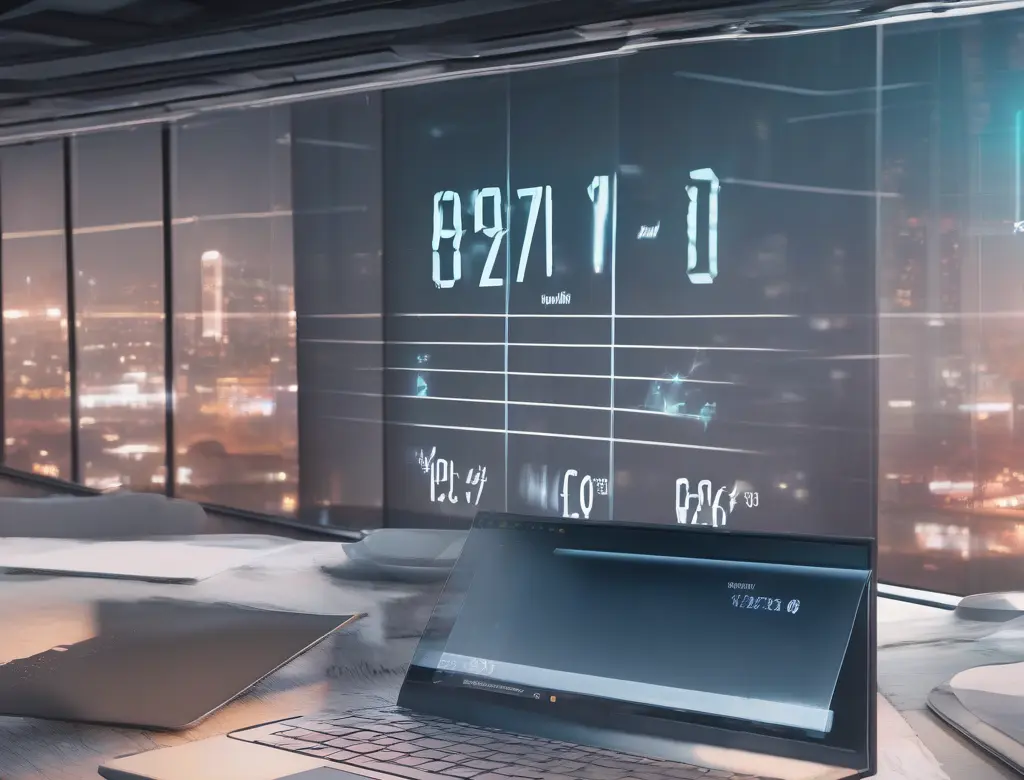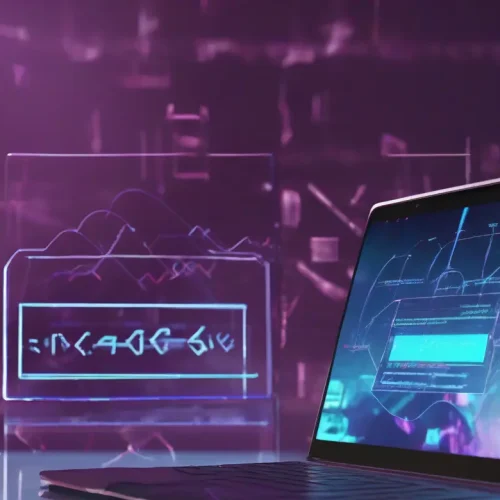2 Days Until Official Farewell to Windows 10: Microsoft No Longer Provides Support; What You Need to Know
The headline “2 days until official farewell to Windows 10 Microsoft no longer supports” might sound alarming, but the reality is that a significant countdown has begun for the end of official support for one of Microsoft’s most popular operating systems. While the exact end-of-support date is October 14, 2025, many media outlets and IT experts continually emphasize the importance of early preparation. This means that while it isn’t literally two days until support ends, the core message is to start taking the necessary steps to migrate from Windows 10 today to avoid security and performance challenges in the future. Millions of users who upgraded to Windows 10 for free from Windows 7 and 8 must now prepare for a major shift.
What Does ‘End of Support’ for Windows 10 Mean?
The end of support for an operating system doesn’t just mean a halt to new updates; it carries widespread implications that can severely impact your system’s security and performance. After October 14, 2025, Microsoft will no longer provide any security updates, bug fixes, or technical support for Windows 10. This means that any new security vulnerabilities discovered after this date will remain unpatched, leaving your system vulnerable to cyberattacks, malware, and other online threats. Furthermore, many software developers will gradually cease support for Windows 10, focusing their efforts on newer versions like Windows 11, which can lead to compatibility issues and a lack of access to the latest versions of applications and drivers.
The belief that “I won’t be targeted because I have nothing to lose” is a highly dangerous misconception. Cyber attackers are not solely after bank details or sensitive data; they can leverage your system to build botnets, send spam, mine cryptocurrency, or even use it as a launchpad for attacks on other systems. Therefore, even if you are a casual home user, the lack of security support exposes you to serious risks.
Why is Microsoft Ending Windows 10 Support?
Microsoft’s decision to end support for Windows 10 is part of a long-term strategy to steer users towards newer, more modern operating systems. Technology companies typically define a specific product lifecycle to focus on innovation and the advancement of new technologies. Windows 10, launched in 2015, quickly gained popularity by offering a unified experience across various devices and bringing back the classic Start Menu. However, over time, the need for newer technologies, more advanced security enhancements, and a modern design prompted Microsoft to release Windows 11 with an updated architecture and strengthened security features. By ending support for Windows 10, Microsoft encourages users to move to a platform that benefits from the latest security and performance advancements and can meet the growing demands of the digital world.
Risks of Remaining on Unsupported Windows 10
Staying on an officially unsupported operating system is akin to walking through a minefield of security vulnerabilities. The primary and most critical risk is vulnerability to cyberattacks. Without security updates, hackers can easily exploit known weaknesses in your operating system. This can lead to the theft of personal information, sensitive work data, banking details, and even complete control of your system by attackers. Given the increasing sophistication of cyberattacks, using an unsupported Windows 10 means inviting these threats into your digital privacy. Additionally, you may encounter performance issues; outdated drivers, incompatibility with new hardware, and a gradual slowdown of your system are among these problems. As mentioned, many software applications and even internet browsers will eventually discontinue support for Windows 10, which can severely limit your user experience and deny you access to essential tools.
Options for Windows 10 Users
As the end-of-support date for Windows 10 approaches, users have several main options, each with its own advantages and disadvantages:
Upgrade to Windows 11:
This is the most natural and anticipated solution. Windows 11 is Microsoft’s latest operating system, featuring a modern design, significant security enhancements, and new capabilities. If your computer’s hardware is compatible with the minimum requirements for Windows 11, upgrading to this version can improve your user experience and ensure system security. Key requirements include an Intel 8th generation processor or AMD Ryzen 2000 and above, 4 GB of RAM, 64 GB of storage, and support for TPM 2.0 and Secure Boot. Microsoft provides tools to check your system’s compatibility with Windows 11. This upgrade is usually free and allows you to continue benefiting from the Microsoft ecosystem and its software.
Migrate to Alternative Operating Systems (e.g., Linux):
For users who are not inclined to upgrade hardware or use Windows 11, open-source operating systems like Linux can be an excellent alternative. Various Linux distributions such as Ubuntu, Linux Mint, or Fedora offer stable, secure, and free options. Linux generally requires less hardware and is a very suitable choice for older computers not compatible with Windows 11. Although migrating to Linux may require learning a new user interface and adapting to alternative software, its high security, absence of licensing costs, and great flexibility make it an attractive option.
Purchase a New Computer:
If your current hardware is very old and not compatible with Windows 11, or if you don’t want to risk using an unsupported operating system, purchasing a new computer that comes pre-installed with Windows 11 can be the best solution. This option ensures you benefit from the latest technologies, the highest level of security, and the best performance. A new system also allows you to use your computer for years to come without worrying about compatibility issues or the end of support.
How to Prepare for the Farewell to Windows 10?
Preparing for the end of Windows 10 support requires planning and specific actions. Here are some key steps to facilitate this process:
- Back Up Your Data: Before making any major changes to your operating system, back up all your important files, documents, photos, and videos. You can use an external hard drive, cloud storage (such as OneDrive, Google Drive, Dropbox), or other backup solutions. This is the most crucial step to prevent data loss.
- Check Hardware Compatibility: If you plan to upgrade to Windows 11, use Microsoft’s tools to check your computer’s hardware compatibility. This tool will tell you whether your system meets the minimum requirements for Windows 11.
- Prepare for Migration: If you’ve decided to install Linux or buy a new computer, start researching different options. For Linux, find suitable distributions and learn how to install them. For buying a new computer, define your needs and budget.
- Update Software: While Windows 10 support is still active, ensure all your software is updated to the latest version. This can make the transition to a new operating system easier.
- Uninstall Unnecessary Software: Before migrating, uninstall software you no longer use. This frees up disk space and speeds up the backup and new OS installation process.
- Learn and Educate Yourself: If you are migrating to a new operating system like Linux, dedicate time to learn its user interface and how to work with it. Numerous educational resources are available online.
Conclusion: The Time for Action is Now
As the message “2 days until official farewell to Windows 10 Microsoft no longer supports” reminds us, the time for procrastination is over. The end of Windows 10 support is a significant event in the tech world, affecting millions of users. Ignoring this issue can lead to serious security and performance consequences. Whether you decide to upgrade to Windows 11, migrate to Linux, or purchase a new computer, the important thing is to start planning and taking the necessary steps today. The security of your data and the stability of your system depend on your decisions today. Seize the opportunity and prepare your system for a secure and efficient future before it’s too late.
Sources :
- Support for Windows 10 ends in two days – Gatreh
- Windows 10 support ends in two days – Asriran
- Windows 10 will be deprecated next week; how to update your old computer… – Gadgetnews
- What you need to know about Microsoft ending support for Windows 10 – YJC
- 6 misconceptions about Windows security that still exist in 2025 – Zoomit






